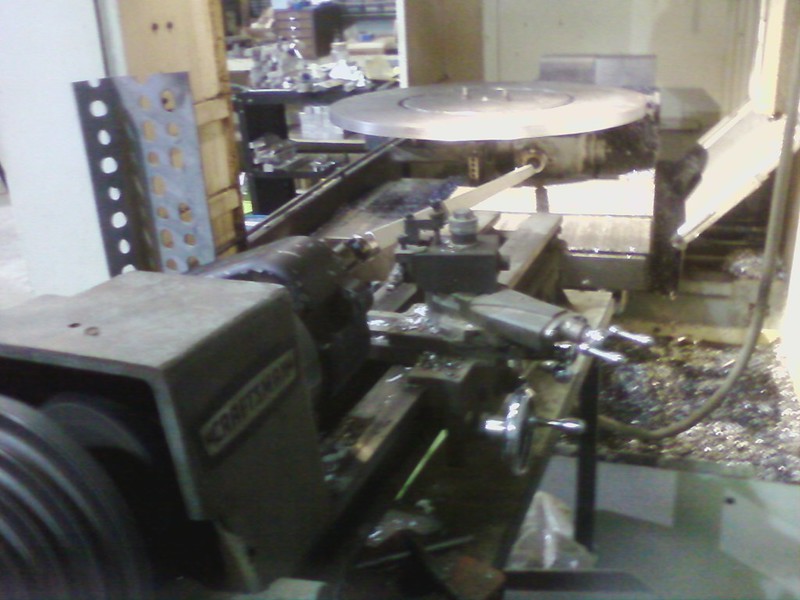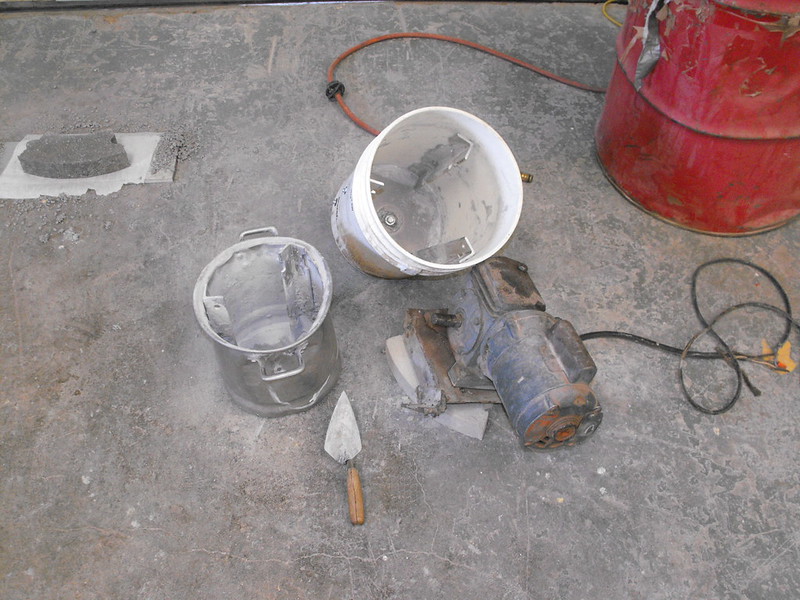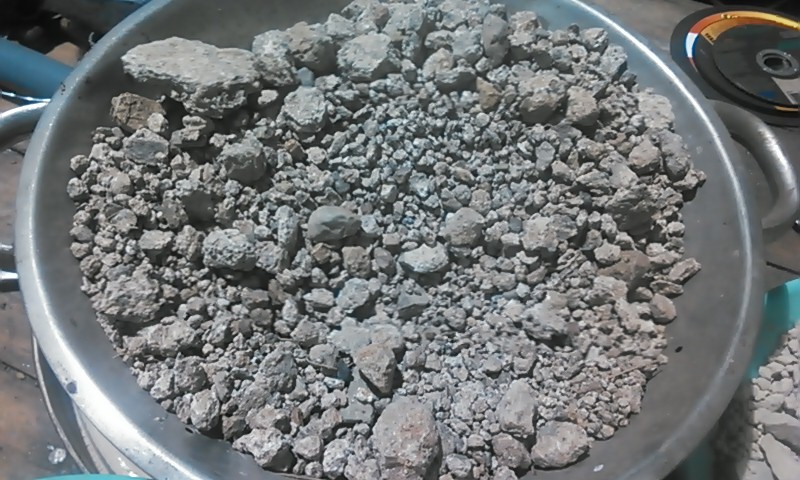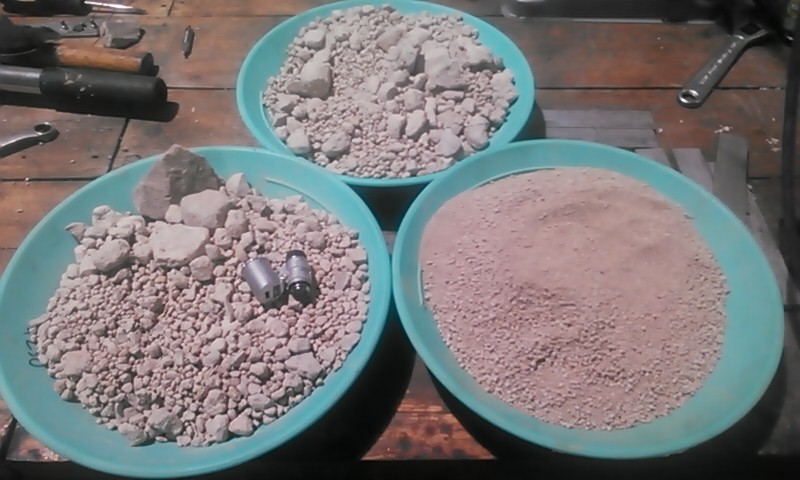Plbnyn
Jr. Member
- Nov 23, 2014
- 36
- 34
- Detector(s) used
- Sight and good looks
- Primary Interest:
- All Treasure Hunting
Now that I have hand crush ore and will soon have a jaw crusher operation I read about a rod mill and looked into the design
The question I have would a wood lathe work well for a rod mill. Multiple speeds face plate mounted tail stick with a bearing and a pair of rollers mid span for additionL supportSo the
Owe with experience with a Rod mill will this work and even those with a good mind can you see this working
Any feed back would be greatly appreciated
The question I have would a wood lathe work well for a rod mill. Multiple speeds face plate mounted tail stick with a bearing and a pair of rollers mid span for additionL supportSo the
Owe with experience with a Rod mill will this work and even those with a good mind can you see this working
Any feed back would be greatly appreciated









